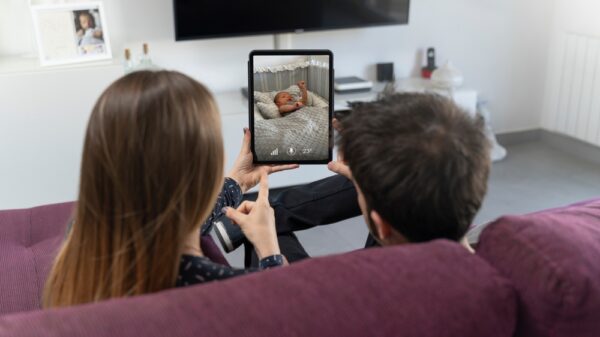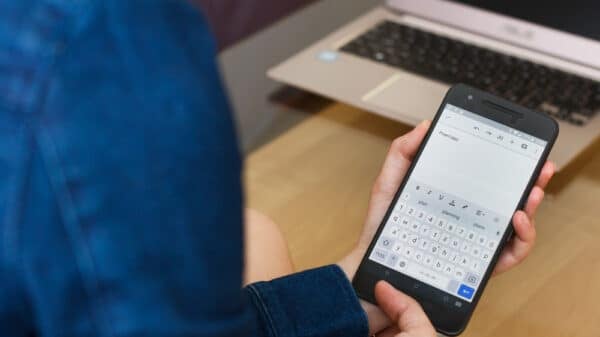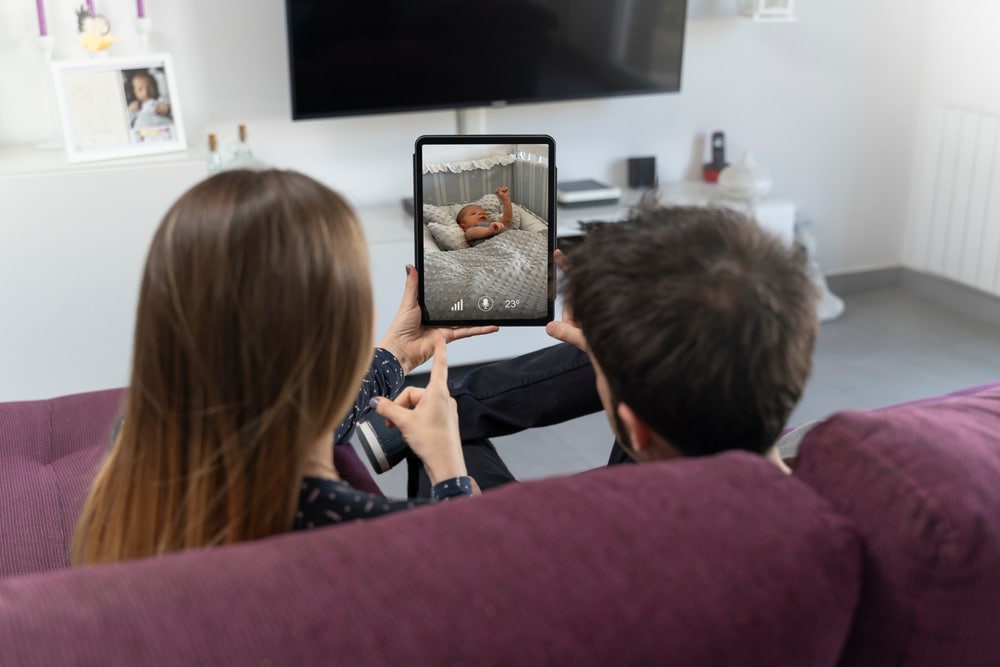As a parent, the decision to stop using a video monitor can be a challenging one, filled with emotions and considerations. My own experience as the parent of a six-year-old daughter reflects this struggle. While I rarely stream the monitor’s footage during the night, it remains in her room as a comforting presence. It’s not just about watching her sleep; it’s about the peace of mind that comes from being able to check in if I hear a strange noise, like the time she knocked over a lamp during a sleep shift. I find myself asking: when will I know the time is right to remove it?
Shared Experiences: A Community Conversation
This question isn’t mine alone. Another mother shared her experiences in a popular parenting subreddit, seeking advice on when to move away from the baby monitor system. She has a toddler and another child on the way, and her reliance on the baby monitor grew especially crucial after her two-year-old got stuck between the crib slats. For her, monitoring isn’t just a matter of convenience; it’s about safety. She expressed her understanding that her child wouldn’t need constant monitoring forever, raising questions we all ponder as our children grow.
The Varied Approaches of Parents
The responses to her inquiry reveal a spectrum of parental strategies. Some parents feel comfortable maintaining the monitoring as their children grow. One mother with a four-year-old mentioned keeping the monitor on until she is confident her son will consistently sleep through the night without waking up. The extra layer of security allows her to respond quickly if he gets up or stands outside his room in the night.
On the flip side, another parent shared that she hadn’t turned on her monitors at night for a year, using them primarily during the day to oversee her children’s quiet time. This blend of oversight during the day and independence at night illustrates how parents can tailor their monitoring practices to fit their family’s needs.
Transitions and Choices
Many parents have found a natural stopping point for using monitors, often coinciding with their children transitioning out of cribs. One respondent noted that they stopped using the monitor when their children could independently come to them if they felt the need for assistance. This key development often signals a shift toward greater independence and trust in their ability to self-manage.
Interestingly, some families prefer audio monitors over video ones. One commenter mentioned that they only used audio to hear their child when they cried. This approach emphasizes comfort from hearing rather than watching, which can be particularly advantageous for parents with bedrooms on different floors from their children.
From Baby Monitor to Intercom
For those who still find value in monitoring their older children, creative uses continue to emerge. A parent with a seven-year-old explained they now utilize the monitor as an intercom system rather than strictly as a baby monitor. This adaptation allows for communication without having to shout across levels of the home, illustrating the evolving utility of technology in our parenting journey.
In conclusion, the decision of when to stop using a baby monitor is deeply personal and varies widely among families. Whether it’s driven by safety concerns, the child’s age, or emerging independence, parents continuously assess their needs while nurturing their children’s growth. Ultimately, it’s essential to trust your instincts and do what feels right for your family as each child’s journey is unique.



































